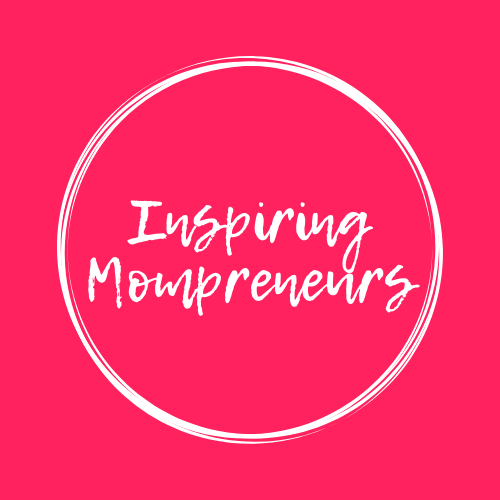This post covers four useful tips for getting people on board with your business ideas.
While the idea of a turtle-neck, sweater-wearing billionaire discussing his latest idea on a stage viewed by enthralled onlookers holds water for many people, the truth is that real genius often operates behind the scenes.
Moreover, real creativity and vision is not just being a thought leader but having the practical ability to turn those thoughts into real action, necessary insight, and developed potential.
As such, even huge figures like Steve Jobs were never really responsible for all they took credit for, it was the hardworking team of men and women behind them that were really deserving of the glory. This isn’t to say as a leader, you don’t deserve some regard for your efforts in bringing that team together and providing the direction for them to work with. Often, bringing people together into a common goal and streamlining that focus can be just as challenging as any technical effort.
For this reason, learning how to get people on board with your business ideas is one of the first skills of business and developing your own brand of trusted ambassadors and employees. In this post, we hope to help you achieve that as a vital, necessary, and always-curious Momprenreur.
4 Best Tips on How To Get People on Board With Your Business Ideas
 1. Make Them Digestible
1. Make Them Digestible
If you can’t communicate an idea in simple terms, you probably don’t understand the idea as thoroughly as you could. This is why they say the best way to learn something is to teach the concept to another once you get to grips with it.
This helps you cement knowledge by condensing and simplifying, keeping the most essential information, and allowing the nuance to come when it’s most suitable. That’s why it’s good to make your ideas suitable. Consider – what goal is this serving? Who is the idea targeted towards? What problem does it solve?
These questions can help you format your response more easily without moving into endless conjecture. Remember, even if you’re a charismatic leader, no idea you’re passionate about is as exciting to others as it is to you, at least right in this moment.
2. Use The Right Tools
Using the right tools to better identify essential components of your business planning is essential. Using the services of a digital twin in manufacturing industry applications can be very helpful, as this allows you to plan out your manufacturing line appropriately, consider design plans, and better represent your physical assets so they can be used to communicate forward steps.
Moreover, simple presentations that back up your briefs with diagrams, incremental planning steps, and broken-down concepts can be very helpful for all areas of your business to understand, even those that may not have the technical knowledge to truly grasp the wider implications of the idea. This helps you remain inclusive while also presenting complex ideas.
3. Break Your Goals Down Into Steps
A general overview is a very helpful method of simplifying and communicating an idea, but this is best supplemented by showing the incremental steps used to get there.This might involve telling your team about where you’ll get started – such as by conducting market research or about the problems you hope to solve and their impacts. You might discuss who on the team will join you for those steps or how this might integrate into your daily planning.
This way, you make the vision digestible. On top of that, it also forces you to come up with a sustainable, realistic game plan. This can help even the most creative idealist justify their decisions, seeing if they’re even feasible in the first place or just an idea that sounded good.
It’s at this stage that you might even want to give your team some samples of marketing materials like printed greaseproof paper so they can see what you’re considering using, or show them how a piece of software works, for example. If they have something they can see or touch, it might help them understand your vision more.
This is perhaps the thought process that Mark Zuckerberg could have made before investing everything into Meta.
4. Commit To A Five-Year Vision
While five years is not necessarily the exact timeframe you should use (some solutions need to be implemented more quickly), a visionary plan is often best implemented along a timeline with a deadline. When you can stretch out a new pursuit over the course of time, you can better understand how to format the rest of your decisions.
For example, the most popular video game consoles, Xbox and Playstation (run by Microsoft and Sony, respectively), will often implement licensing deals, plans for content, work with developers, and consider how future-proofed their tech must be to make this a relevant device five years from now. As such, a five-year vision can help you see the potential durability and worth of your idea and allows you to integrate a new orientation in line with your brand momentum, allowing your team to properly integrate that idea into their own perspective.
Final Thoughts
Now that you’ve read our four best tips on how to get people on board with your business idea, it’s time to get out there and put them into practice.




